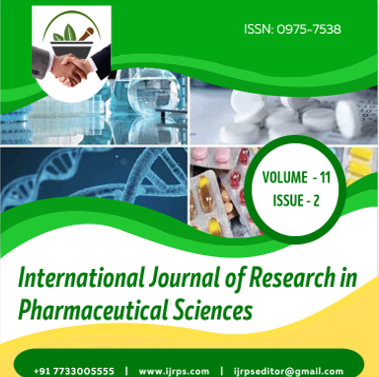Abstract
Medicinal plants are found to be effective in the treatment of various diseases. These activities could be due to the presence of primary and secondary metabolites. A lot of efforts was taken related to this medicinal plant and studied various disease model-based studies. One of the diseases, i.e., Salmonella (gram-negative; non-sporing bacterium; family Enterobacteriaceae), a bacterial disease mainly effects on the gastrointestinal tract. This bacterium survives in human intestines and is shed through feces. Generally, this infection is reported in humans through the intake of contaminated water/ food and also caused through eating raw or undercooked meat, poultry and egg products. These products may be responsible for causing diarrhea, abdominal pain and fever. In India, approximately 500 children suffer from typhoid per 100,000, in the age group of 5-15 years. This disease showed a significant burden among young children and also showed several complications also reported due to Salmonella diseases, i.e., dehydration, bacteremia, reactive arthritis, etc. In contrast, Salmonella grows at a particular pH range between 4 to 8 and the maximum temperature that are required for the growth between 8 to 45 degree Celsius. In literature, about 2500 serotypes and five different strains (Salmonella Enteritidis, Salmonella Typhimurium, Salmonella Newport, SalmonellaJavianaandSalmonella Heidelberg) have been reported. The objective of our study is to collect the information related to salmonella and also understand its correlation between Salmonella and medicinal plant products.
Full text article
Authors

This work is licensed under a Creative Commons Attribution-NonCommercial-NoDerivatives 4.0 International License.

